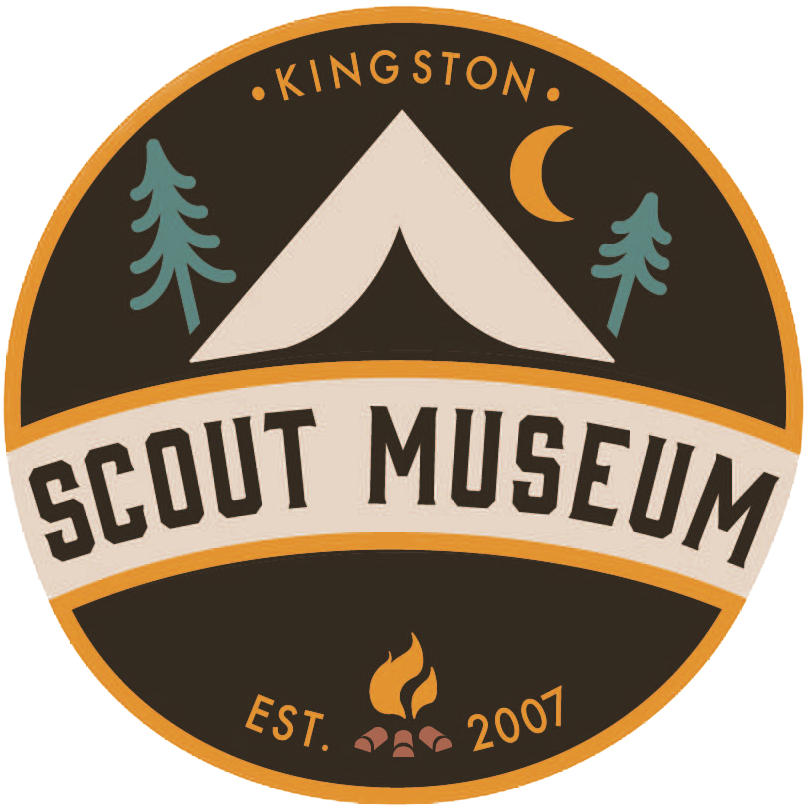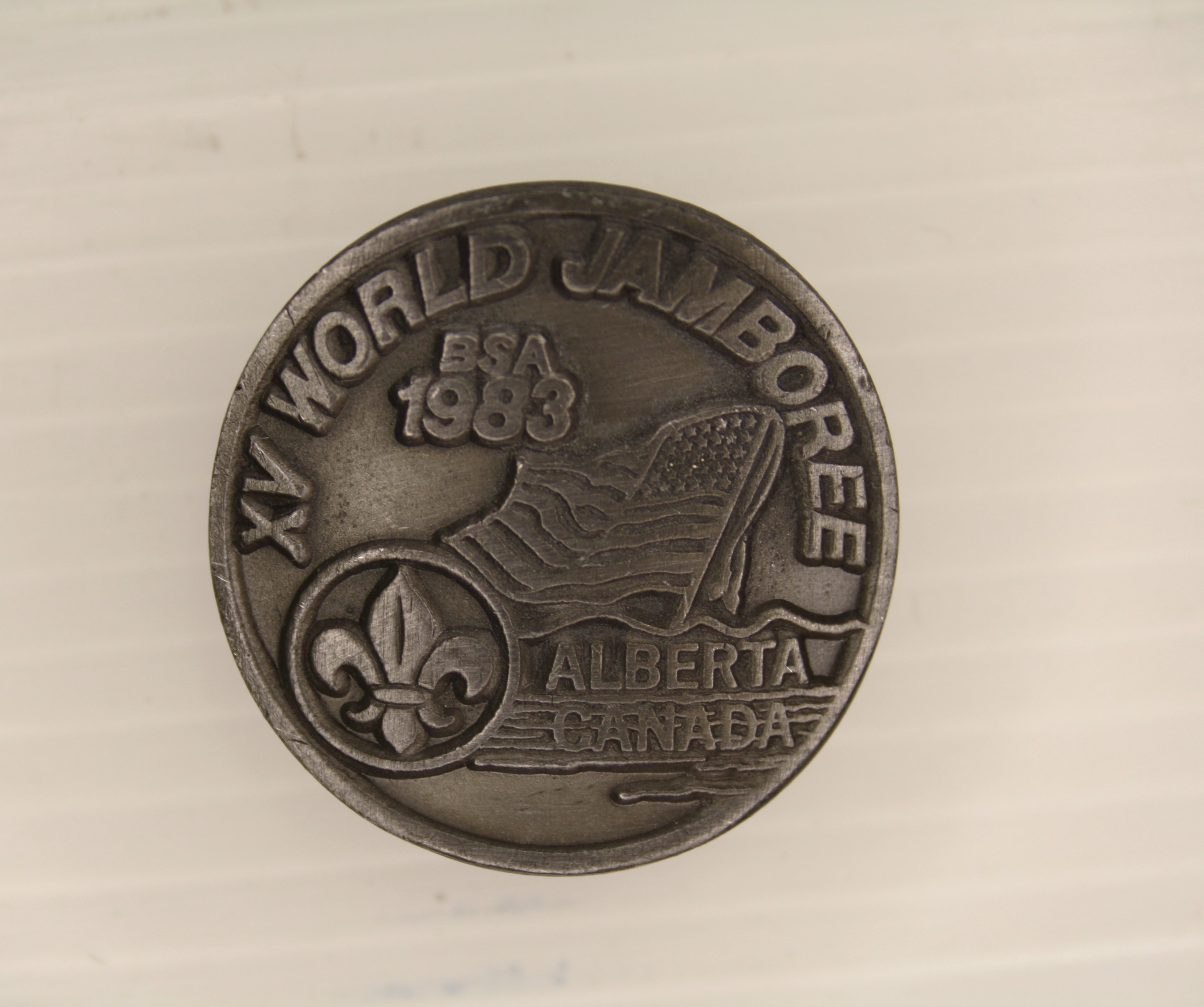… since the honour of your Troop is bound up in the scarf, you must be very careful to keep it clean and tidy.
Scouting For Boys By Lord Baden-Powell of Gilwell
Neckerchiefs or “neckers” are part of the Scouting uniform. These pieces of fabric are folded into a triangle with the point at the back of the neck. The necker is meant to be fastened at the throat by a knot or by a slide or “woggle”. These pieces are often made from cord, metal, bone, wood, or even metal. Every Troop is unique and has its own scarf colour(s) that represents itself! The necker was not recognized as a necessary part of the Scout uniform until 1915.
It wasn’t until 1915 that the necker was recognized as a necessary part of the Scout uniform. Now each troop wears a coloured necker to identify who they are. It has evolved to become an integral and important part of a Scout’s uniform. Many Scoutmasters have taught the values of the Scout Oath and Law using the neckerchief.
While wrapping the neckerchief up for wear, he said to wrap it tight in small twists, twelve in fact. And to repeat the twelve points of the Scout law as you did so. Then as you placed your neckerchief around your neck for wear, the elements of the Oath and Law were with you. They were in fact part of you.
Did you know? A necker can be used for making a sling and bandage! As mentioned in Scouting For Boys: “For binding a broken limb you want a good large three-cornered bandage, such as your Scout neckerchief. Its two sides should each be about forty inches long.”

The Origin of the Woggle
During the early days of the movement, the Scout scarf was tied in a loose knot at the throat- which naturally became very creased. In the early 1920s, American Scouts were experimenting with new ways to “tie” their necker by using a ring made from bone and other materials to keep their scarves together, crease free. These American rings were termed “Boon Doggles” with many likely being made of bone.
An employee at Gilwell Park, Bill Shankley, learned about the American rings and decided to attempt to make one himself. After a few attempts he finally made a Turks Head knot, made from thin leather belting. He submitted this to the Camp Chief and Chief Scout for approval, and it was accepted. Shankley named his ring- a “woggle.”
The term woggle was then used by Lord Baden-Powell in the 14th edition of Scouting for Boys in 1929 and has become apart of the uniform since!
The Importance of the Woggle
If a slide or woggle is not used, a knot must be tied. However, a knot is never tied the same and the position close to the throat can result in an untidy appearance.
The woggle also has many advantages in adverse weather. If it is hot outside, you are able to loosen around the throat to allow a breeze to help cool you down. In the cold, it can be drawn up closer to serve as a muffler/neck scarf. If there was an emergency, the woggle can be instantly drawn down, allowing the neckerchief to be pulled off over the head.
Not only are woggles an immense convenience, they also add a distinct appearance to the neckerchief!
When you get up in the morning, remember that you have to do a Good Turn for someone during the day. Tie a knot in your handkerchief or neckerchief to remind yourself of it.
Scouting For Boys By Lord Baden-Powell of Gilwell

Every Troop has it’s own colour necker, check out some of the neckers from Kingston and area!
Want to learn more about Scouting in Kingston?
Check out Local Scouting for over 100 years of Scouting history in Kingston.

If you are able to identify any of these neckers or have additional information on them, leave a comment!

Acknowledgements
Thank you to Lew and Deb Babcock for their help in photographing and identifying many of these neckers, providing insight and sharing their knowledge on the history of neckers, especially in Kingston.
References
- Scouting For Boys: A Handbook for Instruction in Good Citizenship Through Woodcraft by Lord Baden-Powell
- “The Origins of the Woggle“ by The Scout Information Centre














































































Leave a Reply